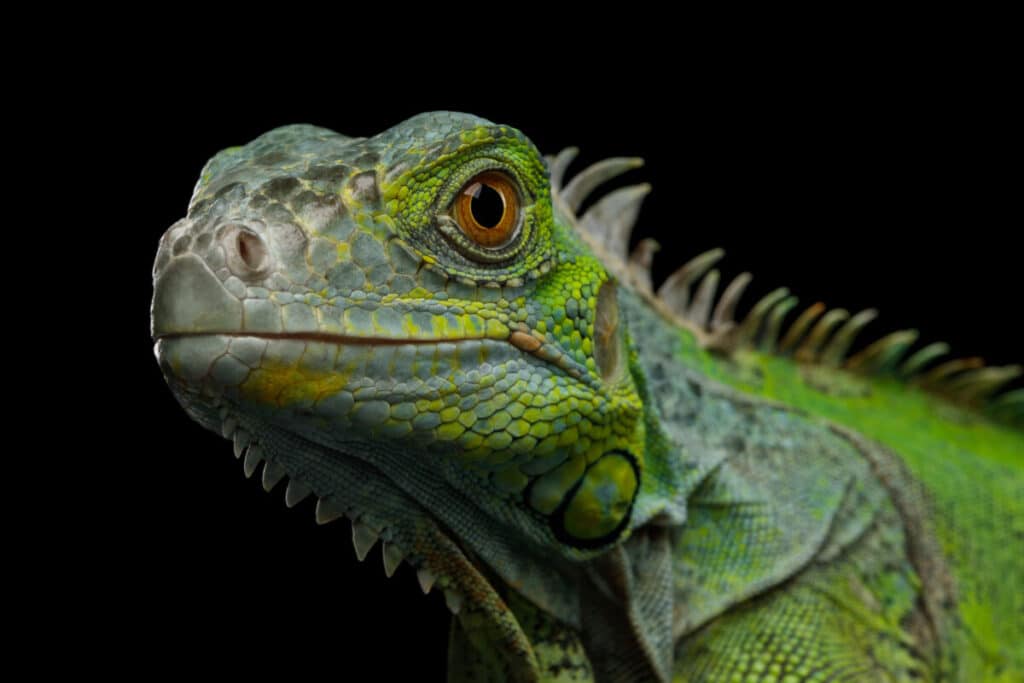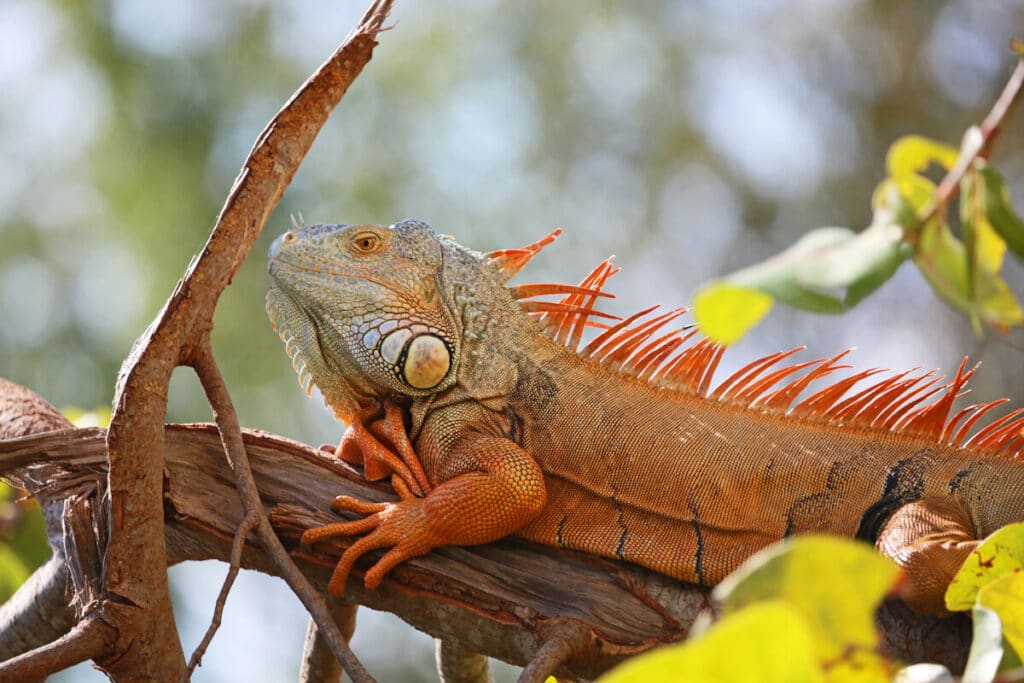
While lizards, iguanas, and other reptiles can be fun and unique pets to keep, they are just as much work—if not more—as other pets. And unfortunately, not a lot of reptile pets live past a year or two, despite their typical lifespans that can reach far beyond that.
Here are just a few common causes of death found with lizards and iguanas that are kept as pets. Not only may this list help to explain the death of a loved pet that an owner will be confused and distraught as to why the pet passed, but it will also help current pet owners before it’s too late to know what to look for with certain popular illnesses or reasons these pets die.
Please note that not every cause of death will apply to both a lizard and an iguana. Some might apply to both, but for any that don’t, we’ll explain which pet this cause of death has the potential of affecting.
Insufficient Needs Met
One of the downsides to owning an exotic reptile pet is that it’s not as well known how to specifically care for them. If zoos and other reptile habitats are still trying to figure this out, learning to care for them domestically will be twice as hard. You’ll need to know what specific temperature to set for the pet’s enclosure, what to make for the bed of the pet, what to feed them, and much more.
And if you don’t figure out a fitting diet for the pet, you could cause some unhealthy eating patterns to occur. In fact, anorexia is one of the more common ways an iguana may die. Your iguana can die due to insufficient nutrients or other vital foods needed to keep your iguana healthy.
It’s also possible though that a type of food simply won’t sit well with your pet, so it’s crucial to monitor their eating habits and to make sure they don’t consume anything that they shouldn’t be eating.
The best way to combat the dangers of accidentally not meeting all the needs of your lizard or iguana is to educate yourself as best you can, using trusted content or asking an exotic animals veterinarian. That way, you never have to assume or test what is best, and instead can get some solid advice from legitimate resources.

Bad Pairing
Something to consider when getting more than one lizard is how you will house them. Lizards aren’t the only territorial animal, of course—most animals, in fact, will be territorial. But in the case of lizards, if you put two male lizards in the same enclosure, chances are that you’ll wake up the next morning with only one lizard still alive.
Typically, you can house multiple females together, or maybe with the addition of a male lizard. But when housing just male lizards together, it’s very likely they will fight to the death on who gets to keep the territory.
The question is, are you willing to have a whole second (or multiple, depending on how many lizards you want to own) enclosure just so that you can have more than one male lizard? If so, then be ready to bite the bullet with all the extra money it will take to buy a second enclosure, including the correct heating tools, bedding, and feeding equipment.
Dystocia
Dystocia, or egg binding, is, unfortunately, a very common cause of death among female domesticated iguanas. What happens is that retained eggs will stay inside the female, with no way to come out. In doing so, they practically welcome any infections and can even cause egg yolk coelomitis, which is a disease where the eggs can rupture inside the iguana, eventually causing death.
The way to prevent this tragic cause of death is to regularly check up on your female iguana; see if there are any signs of lost appetite, sudden inactivity, or a distended abdomen. Also make sure that there are no inefficiencies in her enclosure or diet, as that could also lead to a weaker livelihood, causing dystocia to take place.

High Temperature
Even though lizards and iguanas are cold-blooded creatures, they can still get overheated. To prevent this, it’s ideal to keep the enclosure at a heat of around 80 to 85 degrees Fahrenheit, with a “basking spot” of 95 to 100 degrees Fahrenheit. Along with that, it’s crucial to keep the humidity in the enclosure at around 70 percent to help prevent poor shedding and kidney disease.
Crypto
Crypto is a parasitic infection that can cause a lizard to go through various symptoms, including weight loss and diarrhea. This can quickly become a very harmful disease, as it’s highly infectious to other reptiles and can fly under the radar if you don’t know what you’re looking for. This infection can be especially harmful if you recently acquired the lizard from someone else, and you don’t pick up on the symptoms until it’s too late.

Respiratory Diseases
A very common disease for iguanas to catch is some form of respiratory disease: especially pneumonia. Just like with dystocia, pneumonia can be caused by inefficiencies in the iguana’s enclosure, diet, or another part of the iguana’s life that is off. If you see signs of your iguana having unusual breathing or inactivity, get them to an exotic vet as soon as you can.
Dehydration
Since lizards and iguanas are cold-blooded animals that greatly prefer staying in the heat, they are often susceptible to dehydration. You will see signs of your reptile experiencing dehydration through a couple of different symptoms. You may see a change in the reptile’s diet; a dry, flaky, loss of elasticity to the skin; muscle loss; and/or lethargy.
Just like with humans, it is crucial to provide water for your reptile. You can do so not only by regularly upkeeping their water source, but you can also put a moist hide in the enclosure for your pet to lick (as well as create condensation) that will offer a fun option for your reptile to keep hydrated.

